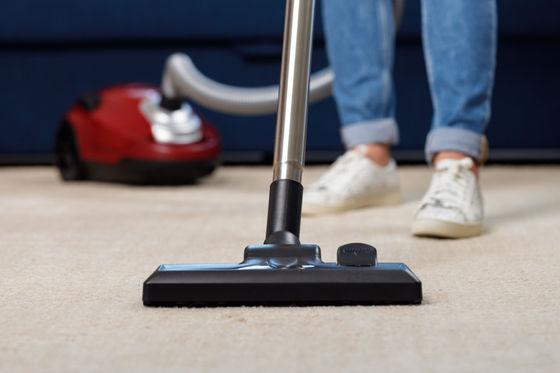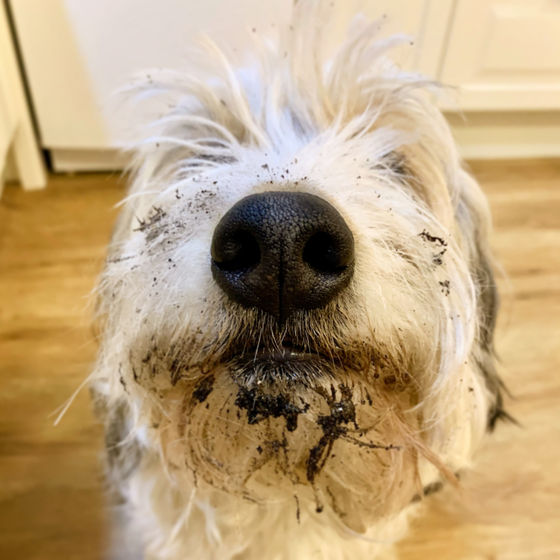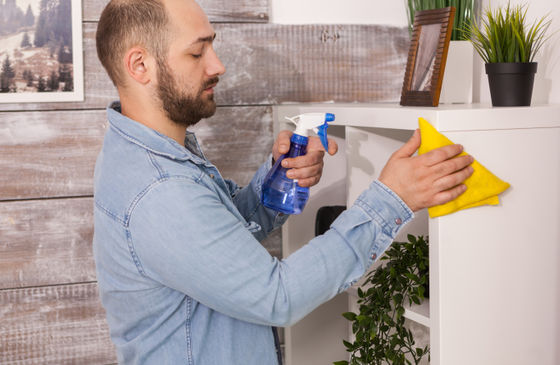Large-scale research reveals the true nature of 'dust' that collects in the room, experts reveal effective dust countermeasures

Many people who like cleanliness may have wondered where the 'dust' that does not disappear even after frequent cleaning comes from. A study that analyzed dust collected from homes in 35 countries around the world revealed details about the effects of dust in the home on the human body and the origin of the dust.
What is dust? And where does it all come from?
According to one theory, modern humans spend about 90% of their lives indoors, and it is believed that most of the risk of environmental pollutants to the human body is due to indoor dust. Therefore, a research team at Macquarie University in Australia conducted a study to analyze the collected dust by implementing the 'DustSafe Program' in which dust from households around the world is donated.
As a result, it was found that the dust in the home contains soil and sand, cosmic dust flying from the sky, and the following harmful substances.
・ Trace metal
・ Radioactive elements
・ Genetic substances of drug-resistant bacteria
・ Microplastic
-'Perfluoroalkyl compounds and polyfluoroalkyl compounds (PFAS) ' used as foaming agents for fire extinguishing and antifouling agents for fabric products

◆ Dust generated indoors
Dust generated in the house includes peeled skin cells of humans and pets, hair, food debris, plastic, and soil. It's unpleasant to have organic pollutants in your home, such as pet excrement, but some of these 'animal-derived dust' support your immune system and reduce your risk of allergies. Studies have shown that it has a beneficial effect.

On the other hand, there is also harmful dust. For example, fine dust generated by cooking, fireplaces, and smoking contains pollutants that cause lung cancer and lung disease. It is also known that chemical substances contained in pesticides and the like combine with dust, and flame retardants generated from clothing and furniture become house dust, which is especially harmful to active children.
The dust in the house also contained microplastics from clothing, carpets, furniture, and so on. Although the direct harm of microplastics to the human body is unknown, research results have shown that microplastics can be a medium for carrying harmful substances.
PFAS, which is sometimes called an 'eternal chemical substance ' because it is hardly decomposed in nature, has been widely used as a coating agent and packaging material because it has the property of being resistant to heat and repelling water and fat. However, in recent years, it has become known that it has various harmful effects such as carcinogenicity and visceral disorders, so McDonald's and Amazon have announced that they will stop using it in packaging one after another, and there are movements to eliminate it worldwide. It is becoming more active.
PFAS is summarized in detail in the following articles.
Some of the fast food packaging contains chemicals that are harmful to the human body --GIGAZINE

by wafer board
◆ Dust from the outdoors
As mentioned above, two-thirds of the dust in a house is generated outdoors and brought into the house. What kind of dust comes from the outside depends greatly on the environment, and especially in Australia, which was hit by a large-scale wildfire from 2019 to 2020, the smoke of the wildfire carries pathogens and other health hazards. It has been pointed out.
In addition, there is a research result that children are exposed to harmful dust in neighboring areas where industry is active , and particles such as PM2.5 contained in yellow sand have a risk of leading to blindness. I know there is.
Research results show that air pollution is associated with diseases that lead to blindness --GIGAZINE

◆ Dust measures
Based on the above research results, the research team of Professor Mark Patrick Taylor, who leads the DustSafe program, called for the following measures to protect himself from dust.
・ Use door mats, take off your shoes indoors, and wipe mud-covered pets and children with a towel at the front door to keep dust out of the house.
・ Vacuum regularly. In particular, vacuum cleaners equipped with measures against fine particles such as HEPA filters are effective.
・ Use a damp cloth or duster as a dry cloth or duster will cause dust to fly up.
-Reduce the use of plastics, pesticides, waterproofing agents, etc. to reduce the load of microplastics and chemical substances.
・ Overuse of disinfectants and antibacterial agents leads to the development of drug-resistant bacteria and the development of genetic substances that convey the resistance to other bacteria, so it is sufficient to wipe the cloth with soap or detergent as much as possible.

Related Posts:
in Note, Posted by log1l_ks






